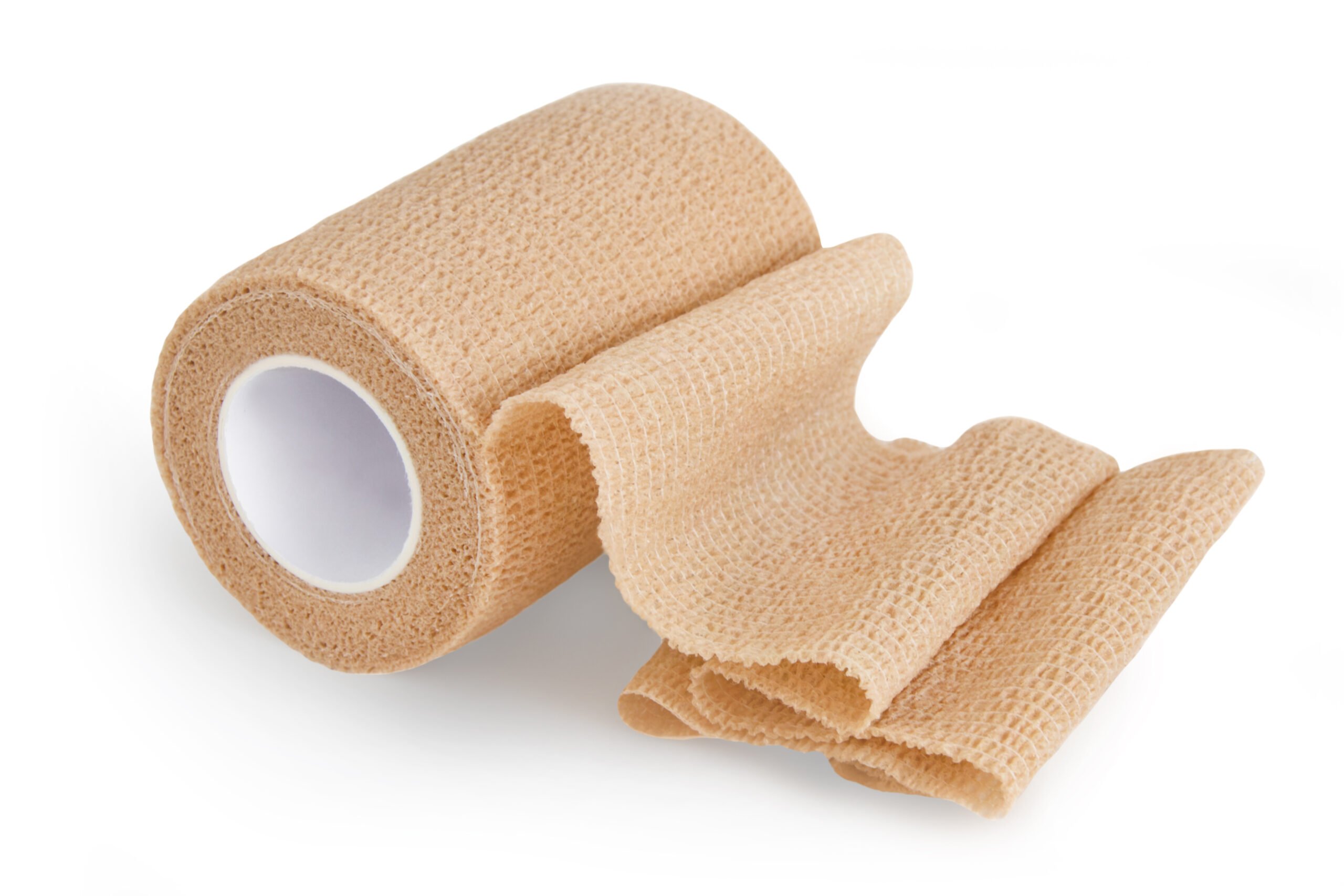Adherent and cohesive bandages are medical dressings that are designed to be held in place by the natural elasticity of the non-woven material without the use of tape or adhesives. They are used in many different areas of medicine, including general wound care, orthopaedics, and burn management. Given their prevalence in hospitals and clinics, it’s important to know how they work and what their effects are on patient outcomes. In this article, we explore 10 important facts about adherent and cohesive bandages that will help you make informed choices about your wound care.
What are Self Adherent Cohesive Bandages?
In order to be able to provide quick relief from injury and trauma, both patients and doctors need to have access to high quality self-adherent cohesive bandages. These can be rapidly applied directly onto an affected area without actually sticking to the skin, making them ideal for a range of injuries including cuts, scrapes, burns and blisters. They can also be used as an effective wound dressing on areas such as armpits or groins which are hard to reach for individuals who suffer from back problems. If you have never used these types of bandages before, then it is important that you know what sets them apart from others.
What are Self Adherent Cohesive Bandages Made From?
Self adherent bandages are a type of bandage that have an adhesive backing to keep them in place. As mentioned above, the primary benefit of this material is that these kinds of bandages will stick to themselves without the need of any external assistance, but not to skin, ensuring a wound is left to heal. Because of their design, these types of bandages provide excellent wound care support for people who have mobility issues or those who need to keep wounds covered frequently to avoid being exposed to infection or contaminants.
When to Use Self Adherent Cohesive Bandages?
Cohesive bandages are a great choice for many different types of injuries. When it comes to choosing between self-adherent or non-self adherent cohesive bandages, there are pros and cons to each. If you’re looking for superior wound care, however, cohesive bandages might be a better option because they have more elasticity and can offer greater compression. For best results, try using both styles in different situations. You can apply cohesive options to smaller areas with less bleeding while using standard tapes for larger wounds that require more compression. Additionally, if you have sensitive skin or allergies to latex or other materials used in most adhesive bandages, cohesive bandages might be worth considering as an alternative option—or even an upgrade from your current routine.
Can You Reuse Self Adherent Cohesive Bandages?
Though it’s a common practice, medical experts say you should never reuse self-adherent or cohesive bandages. Both types of bandages utilize a layer of an acrylic adhesive that sticks to itself and not your skin. The more times you use them, however, the weaker that adhesive becomes. Once it loses its ability to stick firmly to your skin, you’re much more likely to suffer a cut or injury from bandage slipping during application. Even if they haven’t been worn yet, don’t store self-adherent and cohesive bandages where they can be affected by high heat; temperature changes cause premature deterioration in both types of adhesives used in these products.
How Long Do Self Adherent Cohesive Bandages Last?
Lasting quality is a consideration for any kind of medical or wound care product. It’s unlikely that a bandage will be worn out by simply being wrapped around an area of your body, and they last for days or even weeks depending on how heavily you use them and where they’re applied. It will be important to change your dressing every day or two so that you don’t get an infection, especially if your wound is moist or dirty. In fact, it is also a good idea to change your bandage even if it isn’t dirty or if you haven’t noticed any signs of infection—it is better to be safe than sorry! That being said, in terms of durability and longevity, cohesive bandages are hard to beat.

